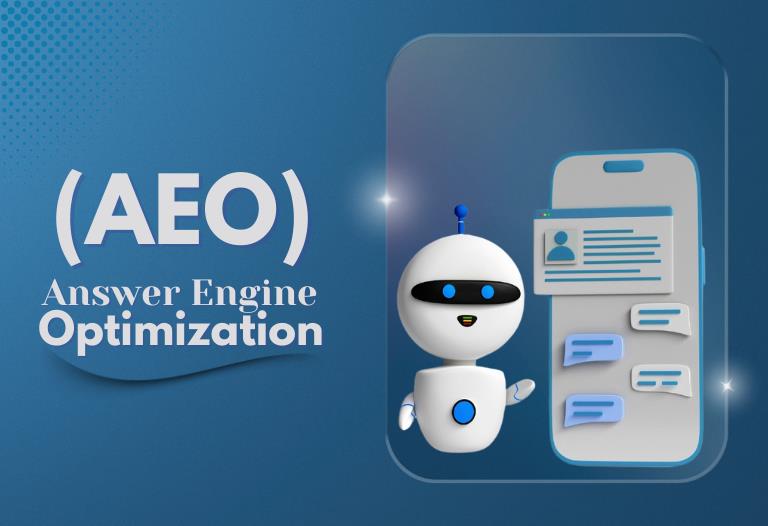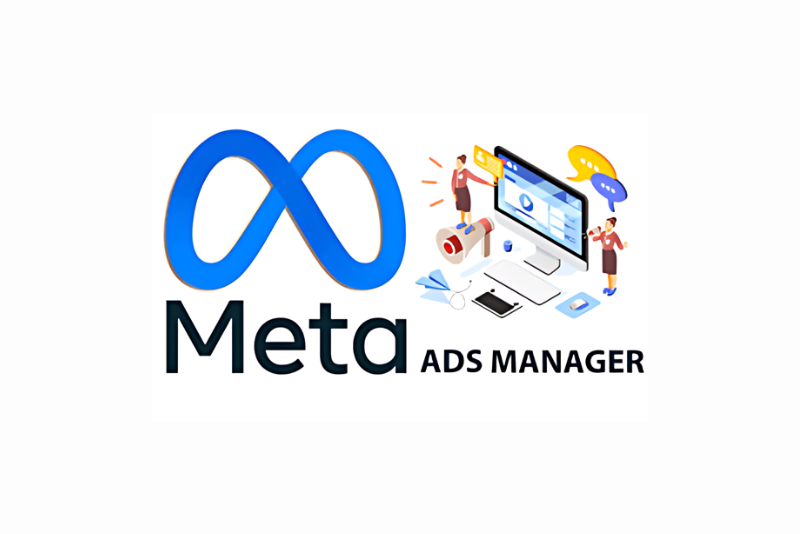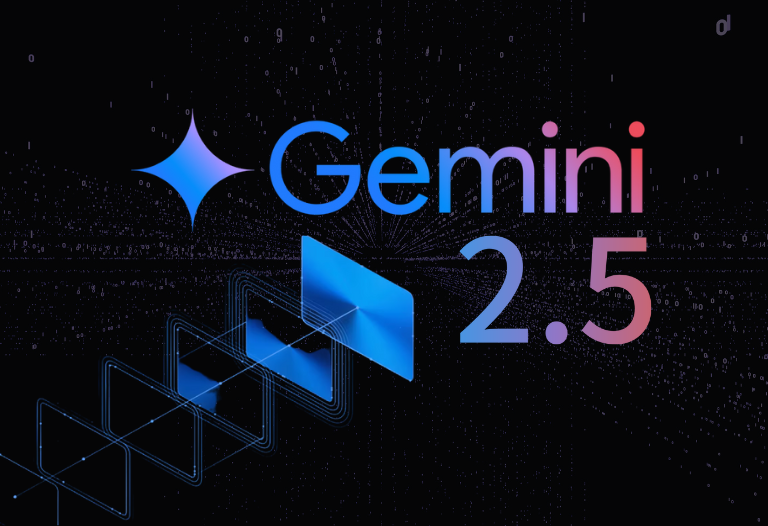Google officially rolled out its June 2025 Core Update on June 30th at 10:30 a.m. ET, and if you’re watching your rankings like a hawk, you’ll want to pay attention. This isn’t just a minor tweak behind the curtain—it’s one of the larger algorithmic shifts we have seen in a while, and it’s expected to take up to three whole weeks to complete.
So, what is actually happening?
Table of Contents
ToggleA Broader, System-Level Shakeup
According to Google, this is a “regular update” designed to surface more relevant and satisfying content for users. Standard language for a core update, sure—but don’t let that undersell its scope. These updates impact everything, including search rankings, AI-powered answers, and SERP features.
Importantly, it doesn’t target specific pages or websites. Instead, it recalibrates the system as a whole to keep up with changes in the web and user behavior. In short: no one is immune, and yes, the ground might shift under your feet.
John Mueller from Google has called this one of the “bigger updates”, which should tell you all you need to know.
Winners, Losers, and the Wait Game
Here’s the reality!
While some sites will feel almost like nothing, others will see traffic vanish as rankings drop from page one to page four overnight. A few might ride the waves up and enjoy a boost in visibility and performance. If your site gets hit, don’t panic—yet.
Wait for the rollout to complete before attempting to diagnose any issues. Overreacting too soon can bring unnecessary changes and chaos. If you’re monitoring your traffic inside Search Console (and you should be), hold off for at least a week once the updates are complete before comparing them.
Not Like the Last One
The March 2025 core update placed a strong emphasis on rewarding content creators. This June update does not make such a mention. That doesn’t mean creators are being ignored, but Google hasn’t emphasized it this time around. Also, while Google hinted last year at more frequent updates, we have only had two so far in 2025—same pace as 2024.
Got Hit? Here’s What to Do
If your traffic drops, here’s your move:
First, confirm the update rollout has finished (check Google’s Search Status Dashboard).
Then, compare your performance in Search Console: a whole week after the rollout versus the week before it began.
Zoom in on the top pages and queries. If rankings drop slightly from position 2 to 4, you may not need to make any changes.
However, if your page dropped significantly (e.g., from the top 10 to position 29), it’s time for a thorough site review.
Google suggests zooming out and looking at your content objectively in terms of quality. That means asking hard questions about value, clarity, usefulness, and whether your content was developed with humans in mind, not just search engines. Another opinion from someone unaffiliated can help break through the internal bias.
And no, quick fixes won’t help. Stop looking for tricks. Instead, focus on meaningful improvements. Rewrite, restructure, and refine. And remove only content that really is irredeemable or should never have been there in the first place.
Focus on content that’s useful — something real people want to read, not just search engines.
Don’t rush into quick fixes. They rarely solve core update impacts and often create more problems.
If something is underperforming, improve it. Rewrite, restructure, and make it easier for users to understand and navigate.
Only delete content if it’s truly beyond repair or never served a real purpose. Clearing out low-value pages can help your stronger content perform better.
Recovery Requires Patience
You may not see results immediately, even with gains. Google might need days, months, or likely a core update period to reflect the change. That’s the way the system operates. Don’t expect instant wins.
Just remember: Google’s search ecosystem is never static. Even if there were no updates, gains and losses occur as the web itself evolves, and user expectations are updated.
Final Thought
If you’re relying on visibility to drive revenue, this update matters. Watch your metrics, but don’t chase the algorithm. Instead, invest in better content, clearer value, and more innovative structures. That’s what survives core updates in the long term.
















